The word ‘ancient’ conjures images of civilizations that flourished thousands of years before modern times, yet many of the world’s most impressive ruins date from surprisingly recent periods. These structures often appear far older than their actual age due to weathering, abandonment, or the architectural styles chosen by their builders. From Gothic Revival castles built during America’s Gilded Age to Art Deco monuments left incomplete by the Great Depression, these sites demonstrate how quickly human achievements can take on the patina of antiquity.
Understanding the true ages of these ruins provides fascinating insights into how we perceive history and the rapid pace of change in human civilization. Here is a list of 15 ruins that prove ‘ancient’ is often more about appearance than actual age.
Neuschwanstein Castle’s Medieval Illusion

Built between 1869 and 1886, this Bavarian castle represents King Ludwig II’s romantic interpretation of medieval architecture rather than authentic medieval construction. The castle incorporates modern conveniences, including central heating, running water, and even telephone systems—luxuries unknown to actual medieval times.
Its fairy-tale appearance inspired Disney’s Sleeping Beauty Castle, yet the building was never completed, and Ludwig lived there for only 172 days before his mysterious death.
Great Wall of China’s Ming Dynasty Sections
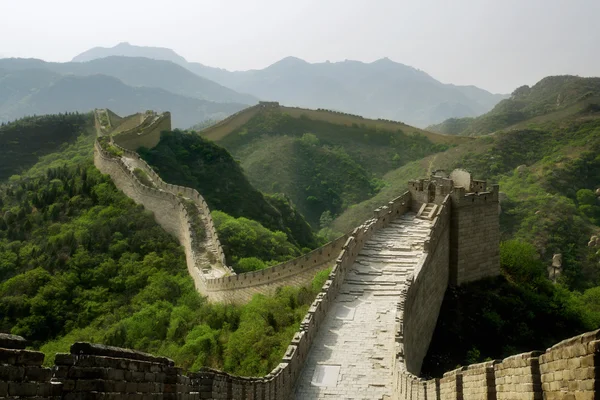
While portions of China’s Great Wall date back over 2,000 years, most sections that tourists visit were built during the Ming Dynasty between 1368 and 1644—making them roughly contemporary with European Renaissance palaces. The earlier walls built by various warring states were largely earthen constructions that have eroded beyond recognition.
Today’s impressive stone and brick fortifications represent sophisticated 14th-17th-century engineering rather than ancient building techniques.
Like Travel Pug’s content? Follow us on MSN.
Angkor Wat’s Medieval Timeline

Cambodia’s magnificent temple complex was constructed between 1113 and 1150 AD, making it younger than Notre Dame Cathedral in Paris and roughly contemporary with the height of medieval European civilization. The Khmer Empire that built Angkor Wat was flourishing while European crusaders were establishing kingdoms in the Holy Land.
The temple’s apparent great age comes from centuries of jungle growth and weathering rather than extreme antiquity.
Chichen Itza’s Postclassic Period
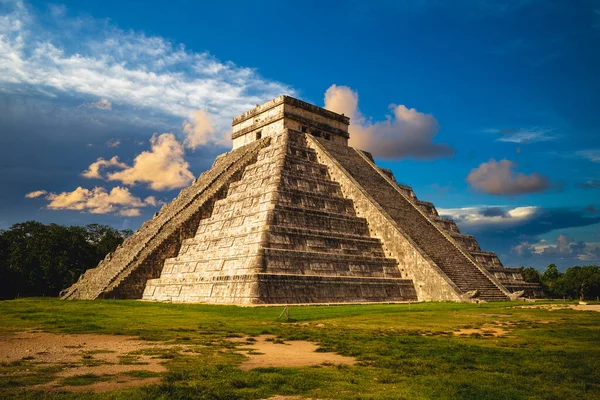
Mexico’s famous pyramid known as El Castillo was built around 1000 AD, making it younger than many European cathedrals and roughly contemporary with the Viking expansion across Europe. The site’s occupation continued well into the Spanish colonial period, with some structures built as late as the 16th century.
The Maya civilization that created Chichen Itza was still active when Spanish conquistadors arrived, making it more medieval than ancient by European standards.
Easter Island’s Recent Moai

The famous stone statues were carved between 1250 and 1500 AD, making them younger than many Gothic cathedrals and contemporary with the Renaissance period in Europe. The Rapa Nui people continued carving moai until European contact in the 18th century, with some statues potentially completed after Columbus reached the Americas.
The statues’ weathered appearance and remote location create an impression of extreme antiquity that their actual age doesn’t support.
Like Travel Pug’s content? Follow us on MSN.
Machu Picchu’s Inca Innovation
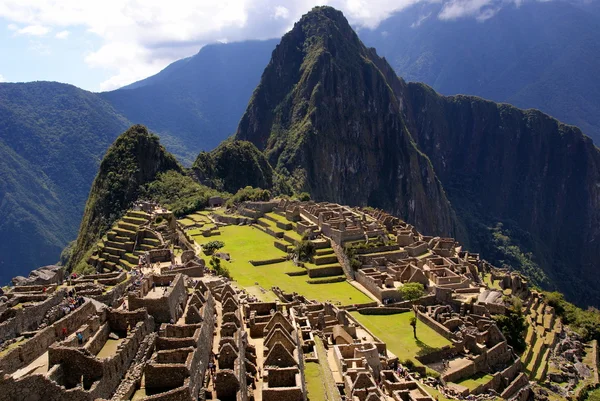
Built around 1450 AD, this mountain citadel was constructed less than 80 years before the Spanish conquest and abandoned around 1572, making it younger than many European universities still in operation. The site represents Inca engineering at its peak rather than ancient building techniques, incorporating sophisticated stone cutting and hydraulic systems developed during the 15th century.
Machu Picchu was essentially a contemporary of Renaissance Florence, though built using completely different architectural principles.
Bagan’s Medieval Temples

Myanmar’s temple-studded landscape was created primarily between 1050 and 1300 AD, making the majority of structures contemporary with European Romanesque and Gothic periods. The kingdom of Pagan that built these thousands of temples was flourishing during the height of medieval European civilization.
While the temples appear ancient due to weathering and abandonment, they represent sophisticated medieval Buddhist architecture rather than truly ancient construction.
Borobudur’s 8th Century Origins

Indonesia’s massive Buddhist monument was built around 750–850 AD, making it roughly contemporary with Charlemagne’s empire and the height of the Abbasid Caliphate. The temple was abandoned around 1400 AD and remained hidden under volcanic ash and jungle growth until Dutch colonists rediscovered it in the 19th century.
Its apparent great age results from centuries of neglect rather than extreme antiquity.
Like Travel Pug’s content? Follow us on MSN.
Mesa Verde’s Ancestral Puebloan Peak
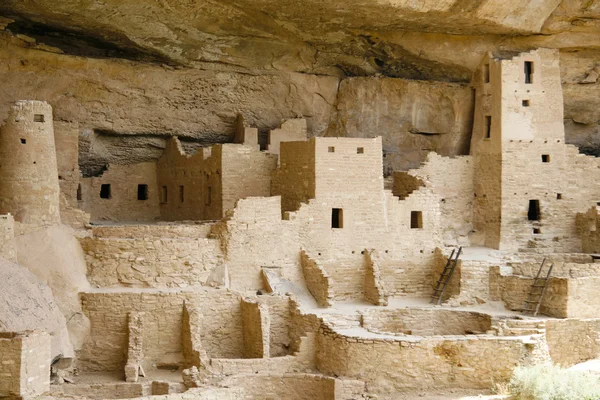
Colorado’s cliff dwellings were built primarily between 1190 and 1300 AD, making them younger than Notre Dame Cathedral and contemporary with the construction of many European Gothic churches. The Ancestral Puebloan people who built these structures were contemporaries of medieval European civilization, though developing completely independent architectural traditions.
The dwellings appear ancient due to their remote location and the dry climate that preserved them.
Hampi’s Vijayanagara Empire
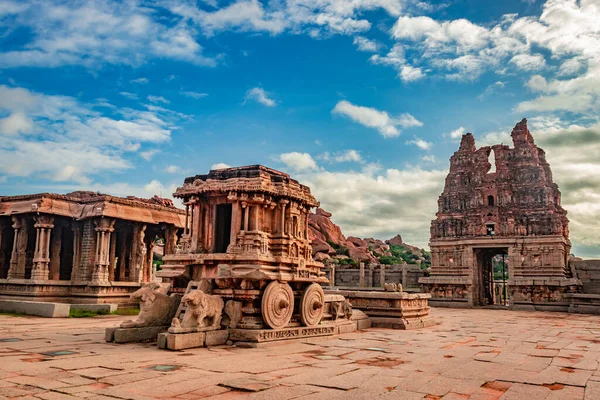
India’s ruined capital was built primarily during the 14th-16th centuries, making it contemporary with European Renaissance cities like Florence and Venice. The empire that created Hampi was one of the wealthiest in the world during its peak, with some accounts describing it as larger than Paris.
The ruins appear ancient due to centuries of abandonment following the city’s destruction in 1565, but represent sophisticated late medieval Indian architecture.
Palmyra’s Roman and Byzantine Layers
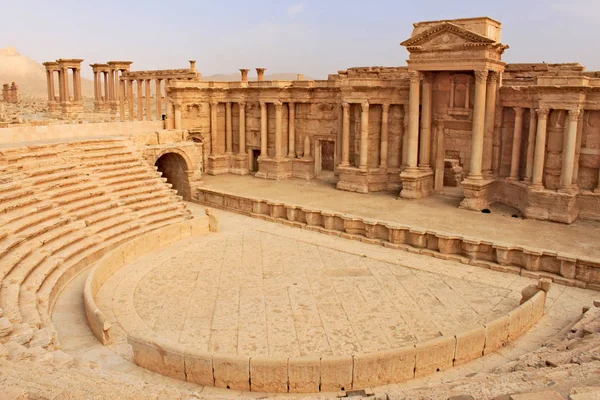
While some structures at this Syrian site date to earlier periods, many of the most impressive ruins were built during the 2nd and 3rd centuries AD—making them roughly contemporary with early Christian churches in Rome. The site continued developing through Byzantine and early Islamic periods, with some structures dating as late as the 13th century.
The apparent great antiquity comes from the site’s desert location and recent war damage rather than extreme age.
Like Travel Pug’s content? Follow us on MSN.
Great Zimbabwe’s Medieval African Kingdom
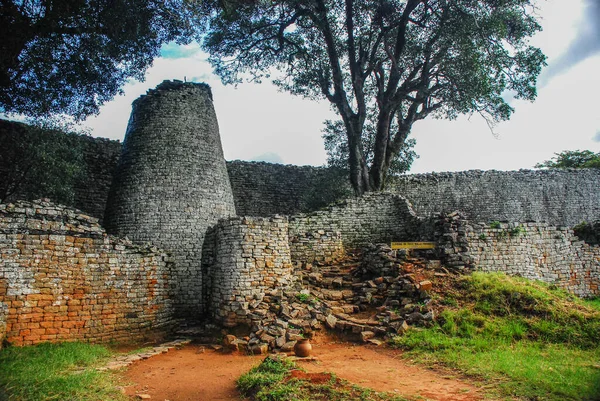
Zimbabwe’s stone ruins were built between the 11th and 15th centuries AD, making them contemporary with European medieval cathedrals and castles. The kingdom that created these structures was actively trading with distant civilizations, including China and Persia, during the height of medieval global commerce.
The ruins appear ancient due to their remote location and the decline of the civilization that built them, but they represent sophisticated medieval African architecture.
Cahokia’s Mississippi Period
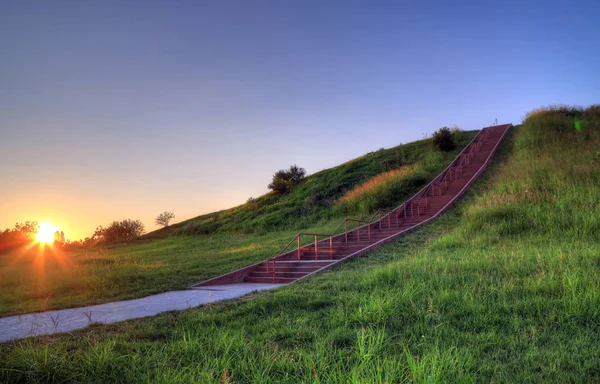
North America’s largest pre-Columbian urban center flourished between 1050 and 1200 AD, making it contemporary with the construction of Europe’s greatest Gothic cathedrals. The earthen mounds that remain from this Native American city were built using sophisticated engineering techniques during what archaeologists call the Mississippian period.
The site appears ancient due to the absence of stone construction and centuries of agricultural use, but it represents a complex medieval American civilization.
Sukhothai’s Thai Kingdom

Thailand’s first capital was built primarily during the 13th and 14th centuries AD, making it roughly contemporary with the height of medieval European civilization. The kingdom that created these ruins was establishing diplomatic relations with Yuan Dynasty China while European crusaders were active in the Holy Land.
The weathered appearance of Sukhothai’s temples and monuments creates an impression of great antiquity that their actual medieval age doesn’t support.
Like Travel Pug’s content? Follow us on MSN.
Ayutthaya’s Trading Empire

Thailand’s second capital flourished from 1351–1767 AD, making it younger than many European cities and contemporary with the Renaissance, Reformation, and early Enlightenment periods. The kingdom was one of the wealthiest in Southeast Asia, maintaining diplomatic relations with European powers and trading with merchants from around the world.
The ruins appear ancient due to their destruction by Burmese armies in 1767 and subsequent abandonment, but they represent sophisticated early modern architecture.
Redefining Ancient
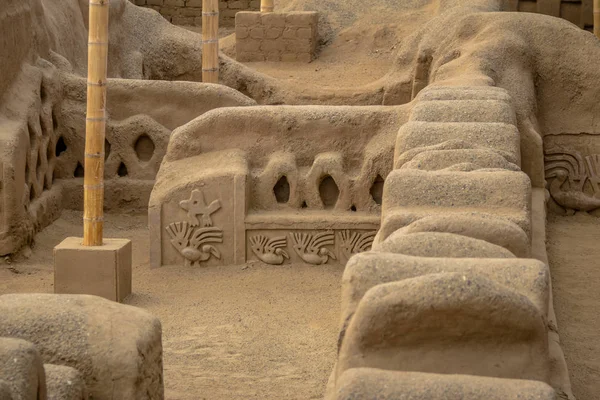
These ‘young’ ruins challenge our assumptions about what constitutes ancient history and demonstrate how quickly human achievements can acquire the appearance of great age. While genuine antiquity certainly exists—from Egyptian pyramids to Mesopotamian ziggurats—many structures we perceive as ancient actually represent medieval or even early modern civilizations.
Understanding the true ages of these sites provides a better perspective on human achievement and reminds us that impressive architecture and sophisticated engineering are not limited to the distant past.
More from Travel Pug

- 20 Best Beach Towns in the Carolinas
- 13 Destinations Where Tourists Regularly Regret Their Trip
- 20 Things You Actually Get in First Class
- 20 Small Airports With Aviation Museums
- 20 Places in the U.S. That Are Perfect for a Reset Trip
Like Travel Pug’s content? Follow us on MSN.
